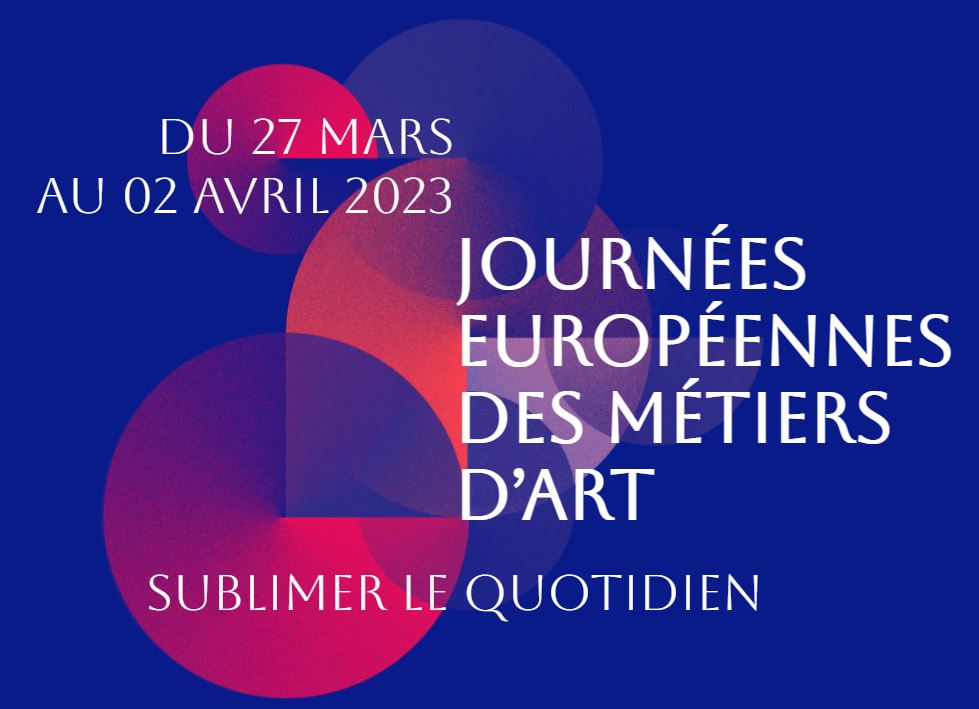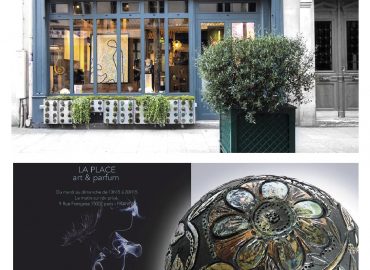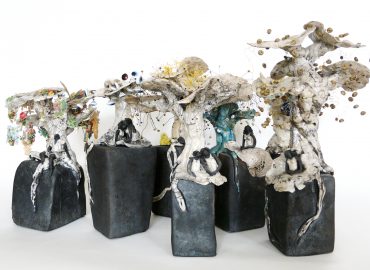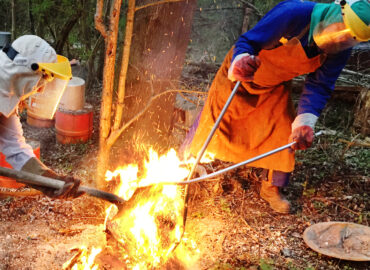EUROPEAN DAYS OF ART TRAINING 2023 – 17th EDITION – Creators Gallery – Touques – Normandy – France
• March 27 to April 2, 2023
The Institut National des Métiers d’Art (INMA) and its partners invite you to the 17th edition of the European Crafts Days, on the theme “Sublimating the Everyday”.
These days are now the largest international event dedicated to arts and crafts and living heritage.
As every year, the Galerie des Créateurs in Touques, dedicated to contemporary creation and art crafts, participates in this event and offers us with its exhibition “THE MAGIC OF RAKU” from March 3 to April 23, 2023, an immersion in the singular universes of 9 French artists and art craftsmen with the mastery and the unique know-how of the raku and naked raku technique.
Thirty ceramic sculptures, in contemporary raku, by Florence Lemiegre are to be discovered in the small salon of the gallery.
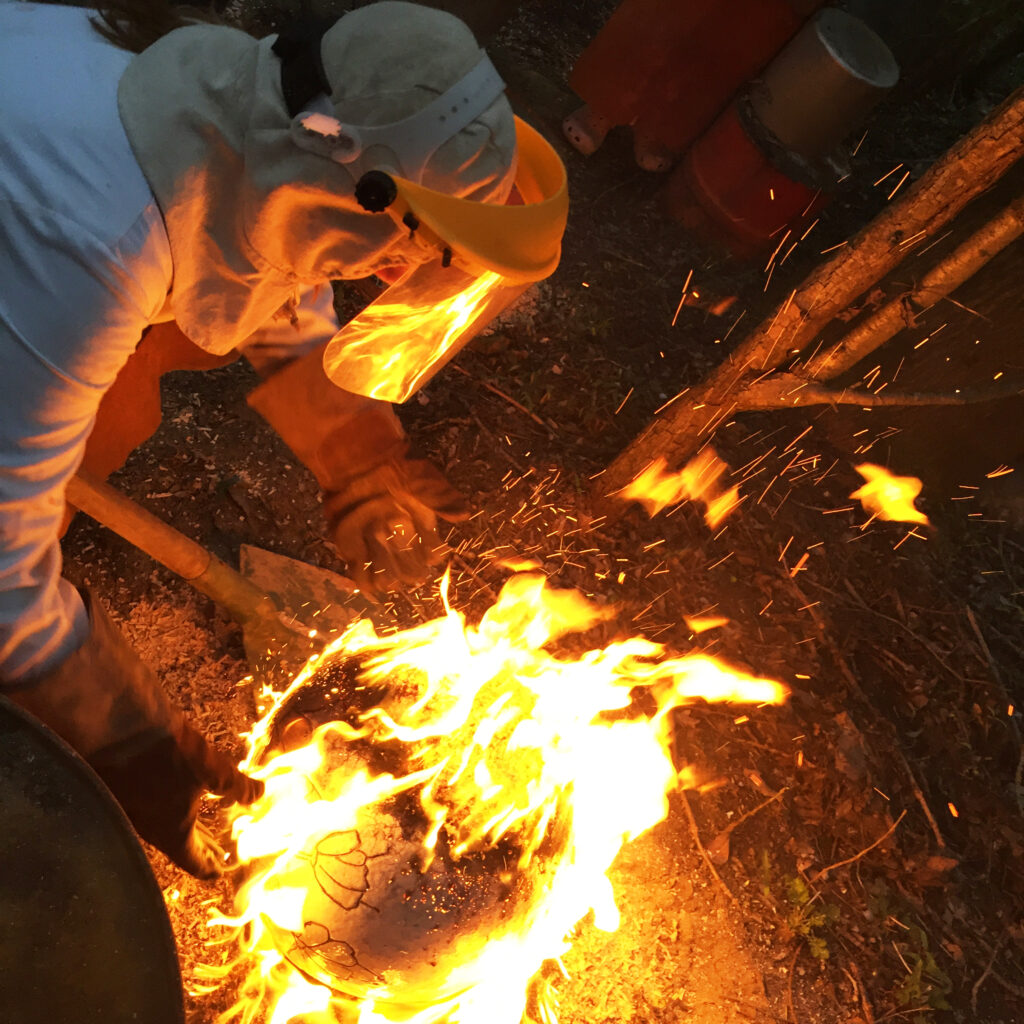
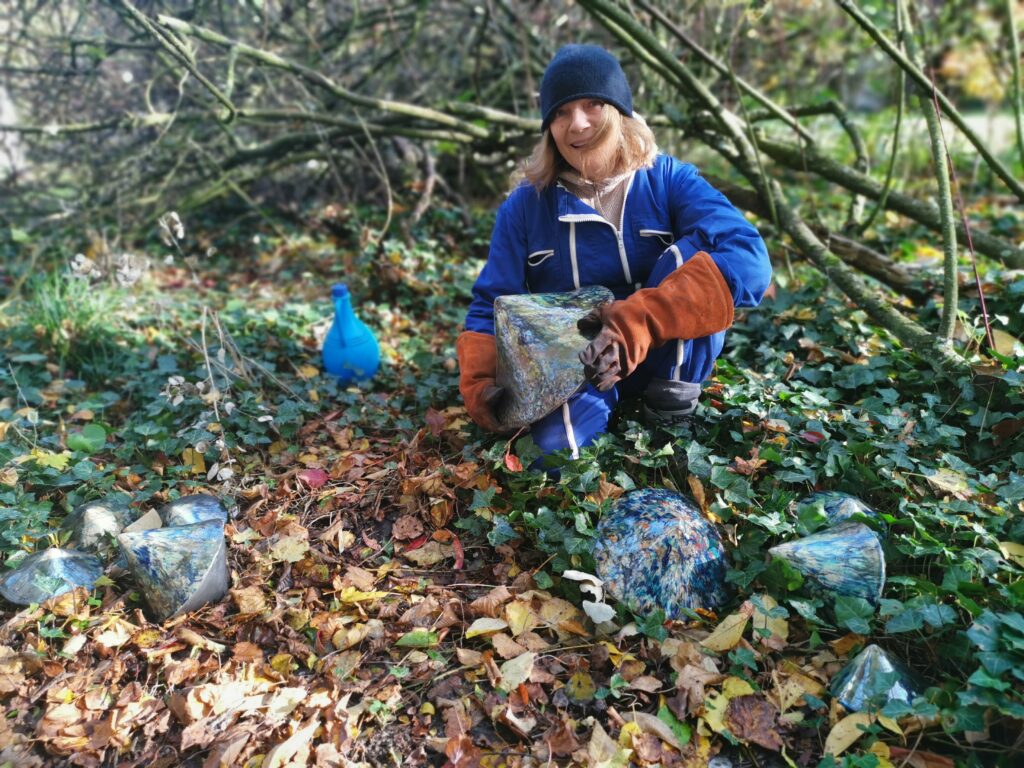
Contemporary ceramic sculptures by Florence Lemiegre
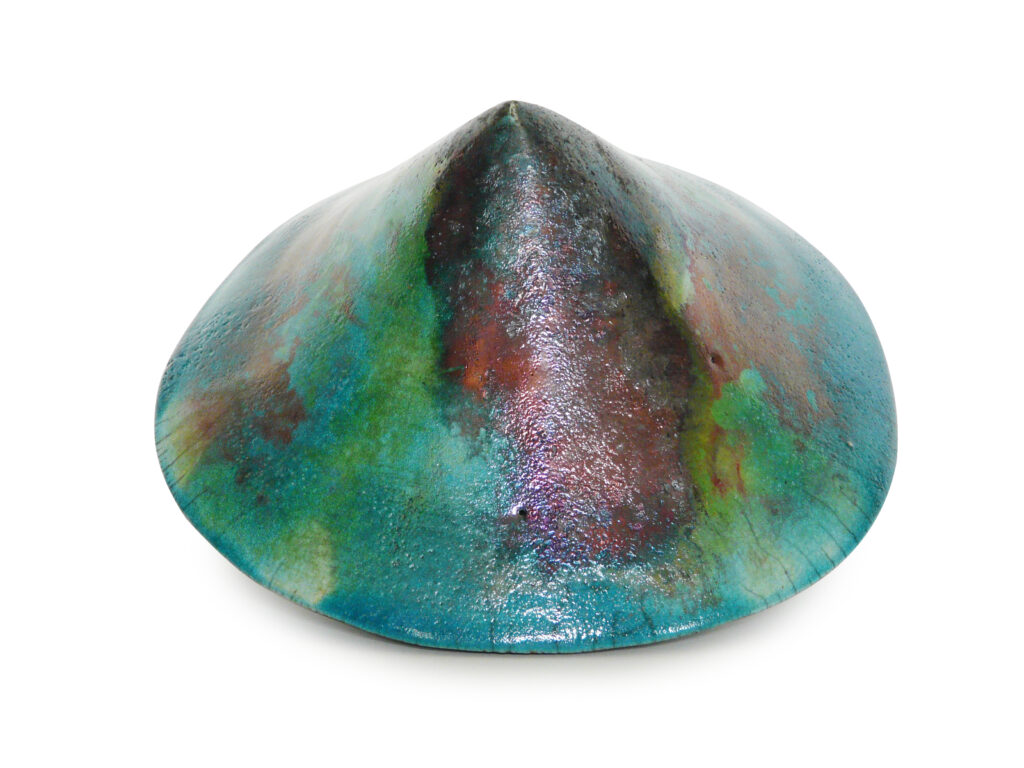
Contemporary ceramic sculpture by Florence Lemiegre
A bit of history:
INMA created the Journées des Métiers d’art in 2002 to offer the general public a unique opportunity to meet with the craftspeople around them, whose workshops are often unknown. For the European spring of the crafts, the craftsmen open the doors of their workshops throughout France and Europe. Galleries and various artistic and craft events also participate.
The event became the European Crafts Days in 2012 and is now organized in about twenty European countries.
198 trades and 83 specialties divided into 16 areas of expertise make up this universe located at the crossroads of culture, economy, heritage and creation.
The European Crafts Days are supported by the French Ministry of Economy, Finance and Industrial and Digital Sovereignty, the Ministry of Culture and the Ministry of National Education, as well as CMA France.
DISCOVERING THE TECHNIQUE OF CONTEMPORARY RAKU
Raku from the Japanese raku-yaki 楽焼 which means, happiness in chance, is a technique of firing and glazing on cookie at low temperature. It originated in Korea and was developed and institutionalized in Japan by the 16th century. This technique was previously used during the tea ceremony where the ritual was closely linked to the Zen philosophy. Indeed, one glazed and fired his bowl before drinking his tea, a particular rite.
The technique of Raku is essentially based on its firing process. Earth, air, fire and water are simultaneously expressed under the constraints of manufacturing through the process of this cooking. These natural parameters come into play on the creations and give infinitely variable results and sign a unique object.
This rapid firing technique requires the clay pieces to withstand strong temperature variations, as they are extracted from the kiln incandescent. They can be smoked, soaked in water, burned or left in the open air. The first firing of the pieces (known as bisque) takes place between 800 and 850°C, while the firing of the enamel takes place between 820 and 980°C, over a short period of 1 to 2 hours. The pieces shaped by the thermal shock generated by unexpected temperature variations, depending on the weather conditions, go from 900°C to 20°C and are immediately covered with fuel such as sawdust and then enclosed in a sealed container: it is during this smoking stage that the cracks and the unique “carbon” blacks of this ceramic appear.
History teaches us that the feudal period of the Sengoku era in the 16th century saw the development of this technique. The meeting between the Japanese potter Chōjirō and the tea master No Sen Rikyū was the origin of the invention dedicated to making tea bowls. The technique was then passed down within the Raku Family from generation to generation for nearly 450 years. The tea ceremony (chanoyu) is related to the Zen Buddhist movement from which the aesthetic criteria of simplicity (kanso), irregularity (funkinsei) and naturalness (shizen) are derived. These concepts can be found in the contemporary references to simplicity of wabi-sabi, which value a return to original nature.
Today, Western raku is established as an adaptation of traditional Asian techniques to contemporary art. Western versions developed through the accidental effects of smoking have never been applied in Japan. The involvement of artists, craftsmen and potters in raku often echoes its philosophy, roots and cultural meaning.
European Crafts Days 2023 – 17th edition
Exhibition “The magic of raku“
Place St Pierre
In front of the Church St Pierre 14800 Touques
Open Thursday and Friday : 3pm-6:30pm
Saturday, Sunday, holidays: 11am-1pm/3pm-6:30pm
